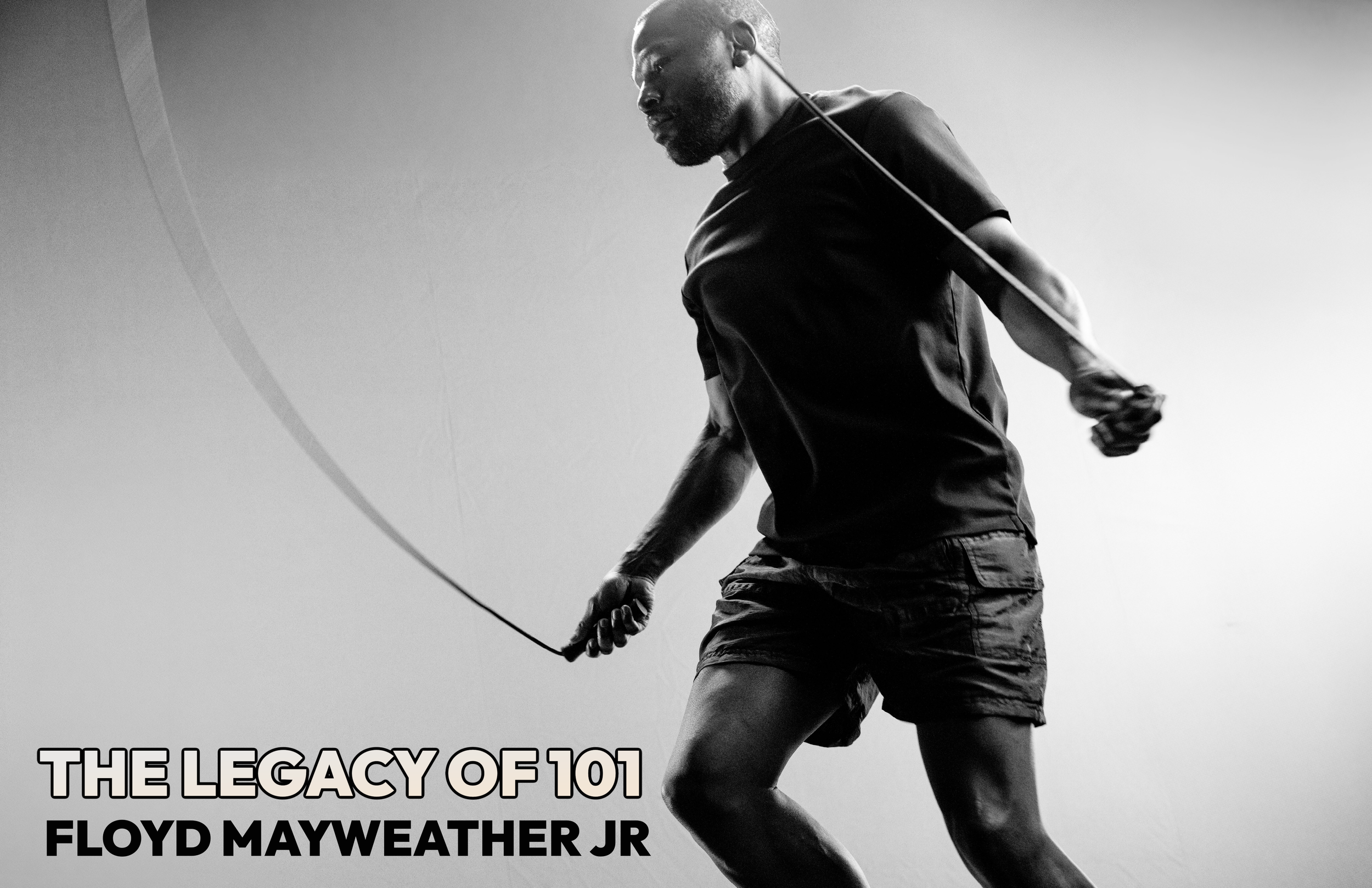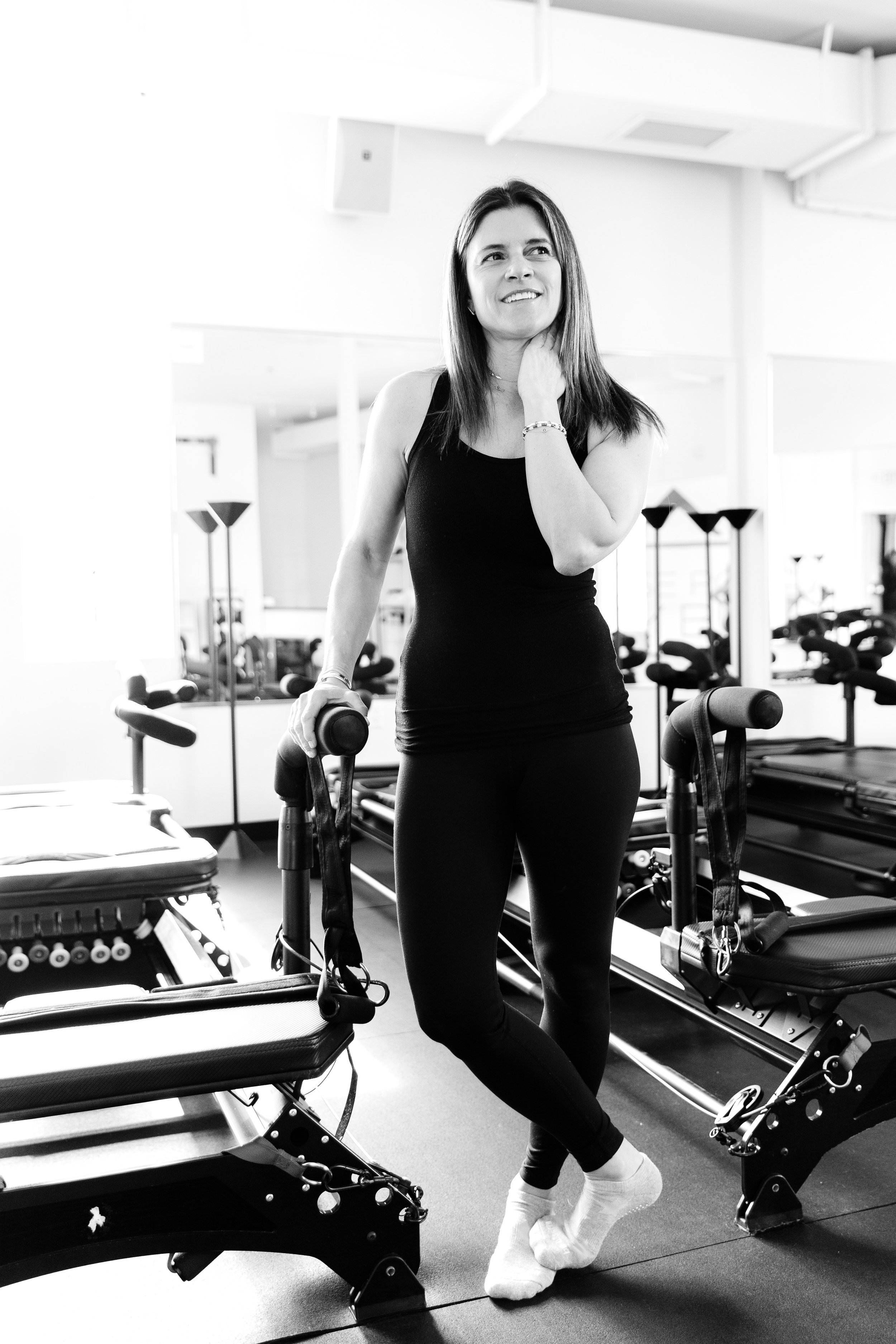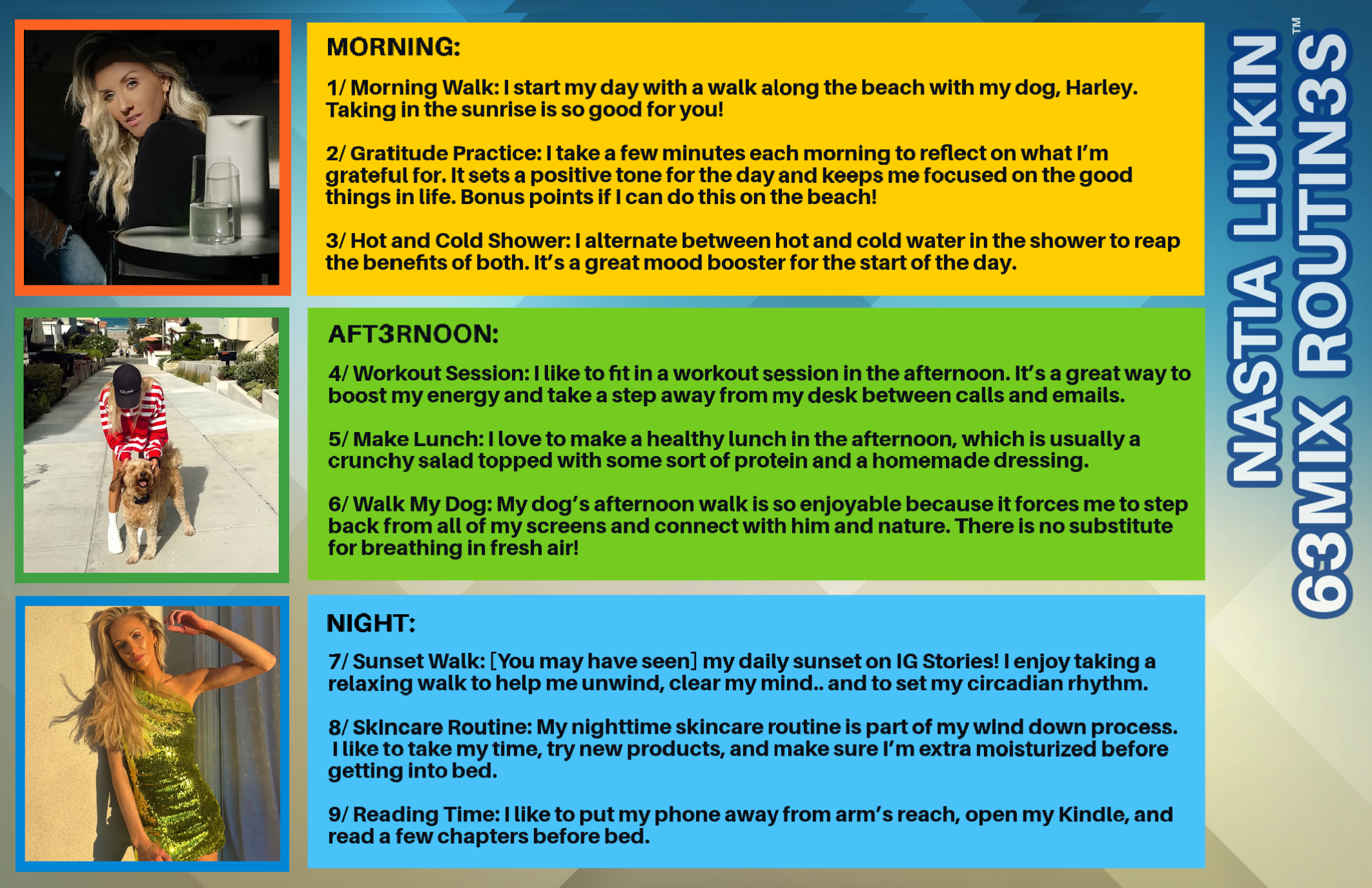It’s unsettling when your body begins to limit you, isn't it? Especially when movement, fitness, and overall well-being are so integral to our lives. Whether you're striving for personal records in CrossFit or keeping up with your grandchildren, staying active is paramount. Life, however, often throws unexpected challenges our way – injuries, wear and tear, that persistent joint pain. These issues can sideline you prematurely. But there's encouraging news: regenerative medicine is revolutionizing healthcare, offering science-backed methods to reshape recovery, promote longevity, and improve performance. This transformation is happening now, redefining how we approach wellness in physically active lifestyles.
Regenerative medicine is rapidly advancing, offering promising solutions for athletes and active individuals seeking to overcome injuries and enhance performance. With experts in the field, such as the team at Ortho Las Vegas who are pioneering innovative treatments using orthobiologics, the future of recovery and wellness looks brighter than ever.
PHOTO CREDIT | Freepik/Senivpetro
What's the Deal with Regenerative Medicine?
So, what exactly is regenerative medicine? It involves leveraging your body's inherent ability to heal itself. Instead of merely addressing symptoms, it seeks to repair or even regenerate damaged tissues and organs. Think of it as equipping your body with the tools to mend itself from the inside out. Regenerative medicine is also applicable to stem cell therapy.
Several key techniques are employed in regenerative medicine, including platelet-rich plasma (PRP) therapy, exosome therapy, and stem cell therapy. Stem cells, considered the body's master cells, are utilized to repair damaged tissues. PRP, derived from your own blood, is injected to initiate the healing process. Exosome therapy involves the use of tiny sacs containing growth factors that stimulate cell communication and regeneration. Regenerative medicine is the fruit of extensive research and clinical trials, and the field is continually evolving.
Active Lifestyles: It's Not Just for the Young Anymore
Let’s be frank: an active lifestyle is universally embraced. It's no longer limited to the younger generation. Physical activity is increasing among older adults, millennials, and Gen Zers who prioritize fitness, while recreational athletes are constantly pushing their boundaries. The Global Wellness Institute highlights significant growth in the wellness economy, particularly in physical activity and mental well-being.
However, this active lifestyle comes with its own set of challenges. Overuse injuries and degenerative conditions, such as osteoarthritis and tendonitis, are becoming more prevalent. All that running, jumping, and lifting takes its toll. The CDC, WHO, NIH, and various sports medicine associations can all confirm this trend. Hence, the need for regenerative options.
How Regenerative Medicine Helps with Movement & Injury Recovery
Now, let's get to the core of how regenerative medicine helps. Its benefits are numerous, including accelerating injury recovery from sprains, ACL tears, and rotator cuff issues. It also provides treatments for chronic joint pain in the knees, hips, and lower back, increasing post-procedure mobility compared to traditional surgeries, and reducing reliance on painkillers or invasive procedures.
Stem cell injections can serve as an alternative to knee replacement surgery for certain individuals. PRP injections can expedite the healing of tendon injuries. Unlike conventional treatments that focus on masking pain or surgically repairing damage, regenerative medicine targets the root cause, stimulating the body's natural healing mechanisms.
While there are no miracle cures, regenerative medicine is empowering active individuals to regain their mobility and return to the activities they love.
● Take John: a 55-year-old avid tennis player who developed chronic knee pain due to osteoarthritis. Traditional treatments offered only temporary relief, but after a series of PRP injections, John experienced significant pain reduction and improved joint function. He’s now back on the court, playing several times a week.
Regenerative Medicine Across Different Lifestyles
But how do different groups use regenerative medicine to enhance their wellness, mobility, and performance? Let's break it down:
● Athletes: Enhancing recovery times and extending career longevity. Imagine a professional athlete recovering from a knee injury in record time thanks to stem cell therapy.
● Fitness Enthusiasts: Managing repetitive strain injuries or tendon inflammation. Ever had that nagging elbow pain from too many pull-ups?
● Older Adults: Combating age-related degeneration and avoiding surgery. Say goodbye to that knee replacement.
● Everyday Movers: Improving quality of life through joint pain relief or physical therapy integration. It's about being able to walk your dog without pain, play with your kids, or simply enjoy everyday activities without limitations.
Real Science: Evidence and Emerging Research
So, it sounds fantastic, but is there credible science to support it? An increasing number of clinical trials demonstrate the effectiveness of regenerative therapies.
For instance, studies indicate that PRP injections can significantly alleviate pain and improve function in individuals with knee osteoarthritis. Other research is investigating stem cell therapy for the repair of damaged tendons. The NIH provides substantial funding for biomedical research, including regenerative medicine.
The field is still evolving, and there are FDA regulations and challenges to navigate regarding these therapies. However, the evidence is growing, and leading institutions in sports medicine and orthopedics are paying close attention.
● Consider a study published in the American Journal of Sports Medicine: It found that athletes who received PRP injections for Achilles tendonitis experienced a faster return to play compared to those who received traditional treatments alone.
Holistic Wellness: Integrating Regenerative Medicine
Regenerative medicine isn’t a standalone solution. It's one component of a broader movement-centered lifestyle. Physical therapy, nutrition, and recovery practices are just as vital as the treatments themselves. Physical therapy aids in regaining strength and mobility. Proper nutrition provides the essential building blocks for tissue repair. Recovery practices, such as adequate sleep and stress management, facilitate your body's healing process. Prevention is also paramount.
The Future of Regenerative Movement Science
So, what does the future hold for regenerative medicine and movement? The outlook is promising. Advancements in bioengineering and AI-personalized treatment protocols are on the horizon. Imagine treatments tailored to your specific genetic makeup, maximizing their effectiveness. Regenerative therapies may become a standard part of preventative care, including regular check-ups to identify and address early signs of tissue damage.
Furthermore, potential breakthroughs in tissue regeneration for cartilage, ligaments, and joints are anticipated. These advancements could revolutionize how we treat injuries and degenerative conditions. The prospect of a future without chronic pain is truly inspiring.
Costs, Considerations and Where to Find Treatment
Now, let's delve into the specifics. Regenerative medicine treatments are not inexpensive. PRP injections can range from $500 to $1,500 per injection, and multiple injections may be necessary. Stem cell therapy can cost anywhere from $5,000 to $20,000, depending on the source of the stem cells and the extent of the treatment. Unfortunately, insurance coverage for these treatments is often limited, as many insurance companies still consider them experimental.
● Location, Location, Location: The cost can also vary significantly depending on the clinic and its location. Clinics in major metropolitan areas tend to be more expensive than those in smaller cities.
● Finding a Specialist: Look for board-certified physicians with specialized training in regenerative medicine. Organizations like the American Academy of Orthopaedic Surgeons and the Interventional Orthopedics Foundation can help you find qualified practitioners in your area. You can also research facilities that offer regenerative rehabilitation programs, such as the Mayo Clinic and the University of Pittsburgh Medical Center (UPMC).
It’s important to acknowledge that regenerative medicine isn't always successful, and the results can vary from person to person. There are potential risks involved, such as infection, bleeding, and adverse reactions to the injected substances.
Conclusion
The future of movement and wellness is being reshaped by regenerative medicine. It’s not just about treating injuries or managing pain; it’s about empowering you to live an active, fulfilling life at any age. Consider regenerative medicine as part of your overall wellness journey. It can be your ticket to movement longevity as a lifestyle goal. Don’t hesitate to stay informed and consult a specialist. The possibilities are exciting.

















